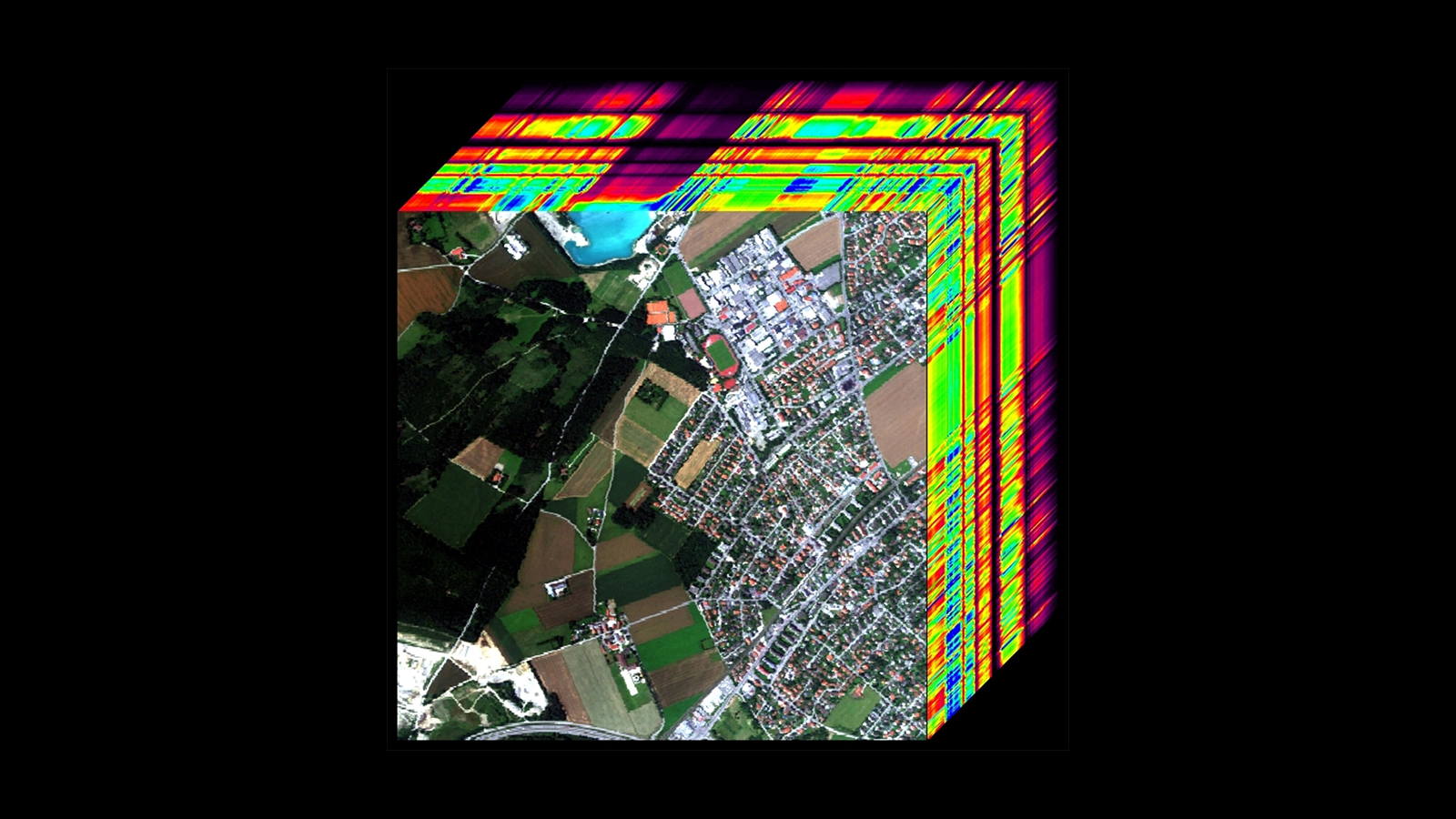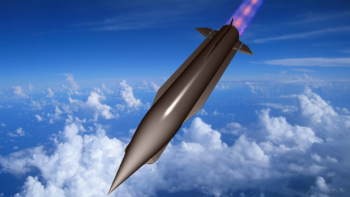The conclusion is the latest from ASPI’s Critical Technology Tracker, created to look at the impact of top research around the world. This newest addition focuses on advanced sensors, including 10 technology areas, with China leading in: inertial navigation systems, magnetic field sensors, multispectral and hyperspectral imaging sensors, photonic sensors, radar, satellite position and navigation, and sonar and acoustic sensors. There are three areas where the US leads: quantum sensors, atomic clocks and gravitational sensors (just).
Across the broad range of 64 more specific technologies measured so far, China is dominant, “leading in 53 technologies against 11 for the US,” say Jenny Wong-Leung, a data scientist at ASPI and an honorary associate professor in the Research School of Physics at the Australian National University, and co-author Dannielle Pilgrim, a researcher at the Canberra-based thinktank.
Their report comes days after the Institute of Scientific and Technical Information of China reported data finding that China ranked first in the number of papers published in the most influential journals, according to Chinese statistics released on Wednesday. China passed the United States in 2018 for the sheer number of scientific publications.
As for sensor technology, the top universities focused on these technologies are the Chinese Academy of Sciences (CAS) and Wuhan University, which lead in papers on seven of the 10 sensor tech areas, the ASPI study says. CAS is, they say, “the world’s largest research organization, with over 100 institutes and three universities under its umbrella.” Wuhan is “the top institution in inertial navigation systems, satellite positioning and navigation and multispectral and hyperspectral imaging,” Wong-Leung and Pilgrim assert. As an example of Wuhan’s advanced work, they point to a recent experiment where an AI controlled a satellite in space.
However, the ASPI experts note that China’s research, while formidable, does not yet translate into market share. But that is likely to change as a result of the technology being developed. North America has roughly 41 percent of the $200 billion remote sensor market today. But China, they write, boasts a “huge share of papers in the top 10% of highly cited publications, especially in inertial navigation systems (44%), photonic sensors (43.7%), multispectral and hyperspectral imaging sensors (48.9%) and sonar sensors (49.4%).”
They published a useful chart illustrating their results.

The scales are so unbalanced, that even adding Australia, the UK and the US — the three AUKUS partners — China’s competitors “still lag badly in six out of the seven technologies in which China leads, and they are barely neck-and-neck in the seventh, magnetic field sensors,” the authors write.
Pulling in Japan and South Korea to AUKUS, they “still wouldn’t catch up.” Even adding the Continent to the mix they would just “creep ahead in radar and satellite positioning and navigation, but would still trail behind China in the other fields.”
As the authors note, these are not abstruse technologies with strictly military applications. “Each of these technologies is vital to our economies, our militaries, and our everyday lives. Global positioning systems (GPS), for example, are used by billions of people every day and are indispensable for defence forces for everything from situational awareness to guiding munitions. But their accuracy depends on precise timing using signals from atomic clocks on the ground and several GPS satellites in orbit.”
Inertial navigation systems “can become important if GPS networks are hit by jamming and spoofing attacks.”
The other technologies have a wide array of civilian applications from using magnetic and gravitational field sensors that help map the upper layers of the earth to photonic sensors that can measure blood levels. And China is surging ahead in much of the research aimed to develop new and better sensors and ways to use them.
The report came out a day after a top CIA tech official, Jennifer Ewbank, spoke about the technology race between China and the US in another field of intense interest: artificial intelligence. The deputy director for digital innovation at the intelligence agency acknowledged that China has access to far more data than the US, which gives Beijing an advantage in developing and training AI, but, she said, the US and its partners have the advantage when it comes to creativity and ability to innovate.
“I will take that innovation, ingenuity, partnerships, and creative thinking any day of the week over mass,” she said at the Potomac Officers Club Intel Summit.























